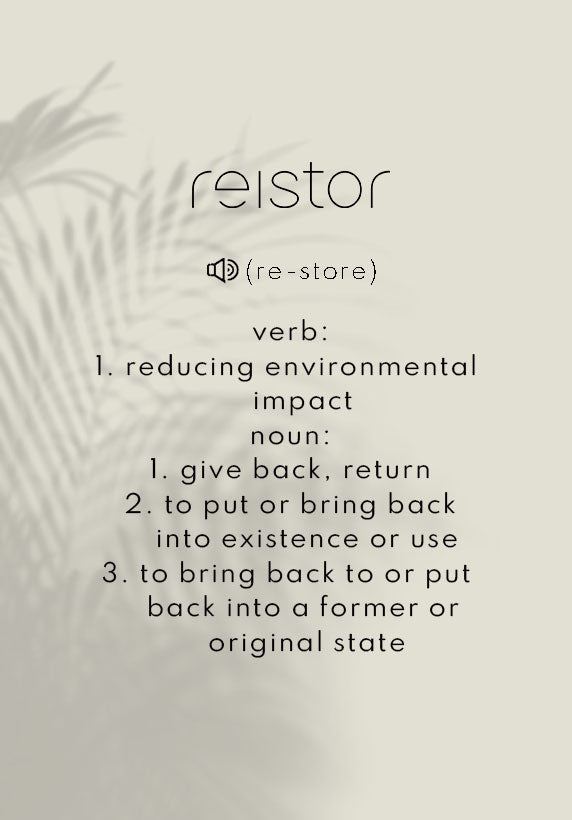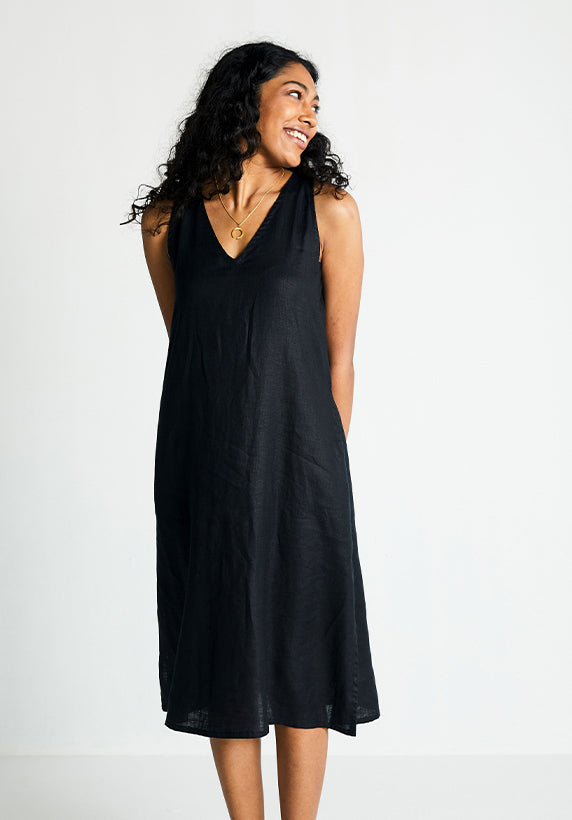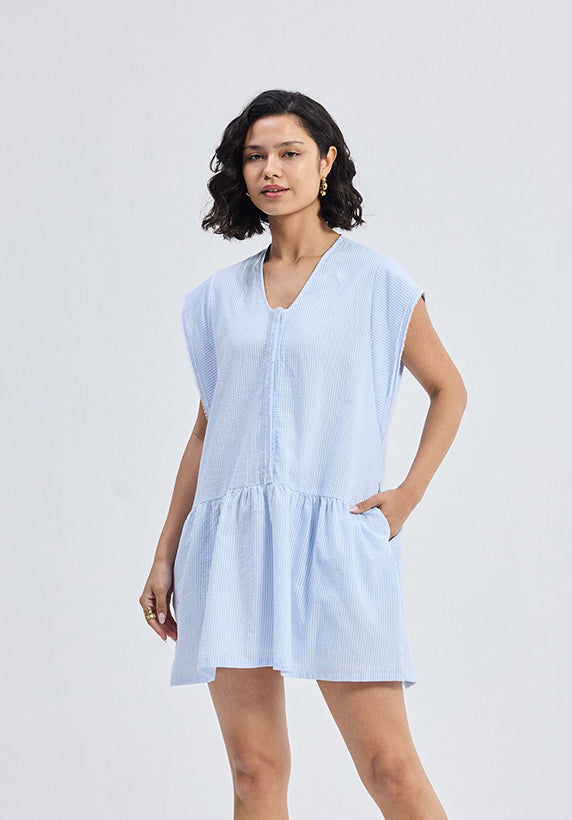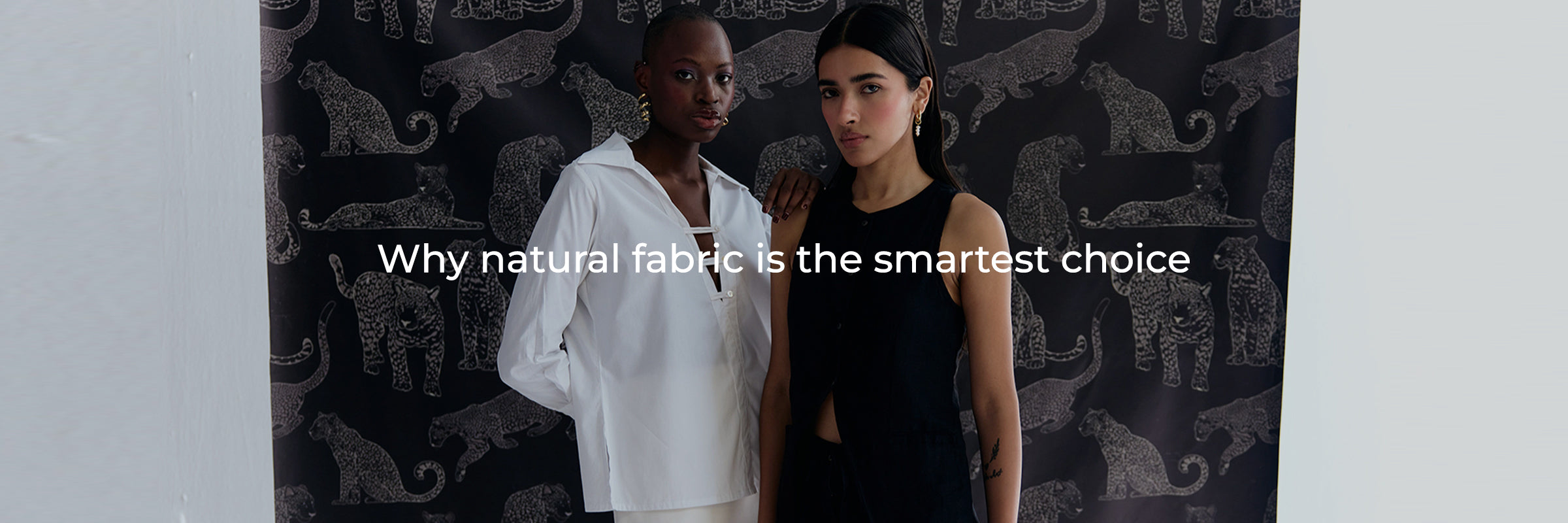For centuries, we’ve always relied on natural fibers like cotton and hemp to create everything from clothing to household essentials like bags, blankets, curtains, and sheets. These fabrics weren’t just soft and breathable; they were eco-friendly, biodegradable, and durable in the real sense. They worked in tandem with the environment and never got in nature’s way.
Then came the rise of synthetic fabrics, with nylon and polyester leading the way. Suddenly, fashion became faster and cheaper, but at a cost we chose to ignore. Relying on these fabrics in the fast fashion industry has taken a serious toll on our environment, and the damage is undeniable!
And here we are, decades later, witnessing the consequences of our fashion choices - plastic pollution, microplastics in our oceans, excessive water usage, and mountains of textile waste.
In the wake of these repercussions, people are slowly moving towards more eco-friendly options. Consumers are consciously shopping for better alternatives and are choosing biodegradable, earth-friendly fabrics over synthetic options. In other words, we’re coming full circle, because sometimes, the best way forward is to return to what has always worked.

The Problem with synthetics
Almost all synthetic fabrics contain one common ingredient - plastic. Take polyester, for example. It is made from petroleum and requires a ton of energy to produce. It doesn’t just stop there. Every time you wash a synthetic fabric like polyester, it sheds tiny bits of plastic fibers called microplastics which travel through the sewers and end up in our oceans.
As we speak, our marine life is suffering greatly because of the presence of microplastics in the oceans, not to mention the presence of the same in our food and water supply! Synthetic fabrics also aren’t biodegradable. Once you discard them, they end up piling in landfills and rotting for centuries but never being able to decompose.

The Natural Alternatives
Switching to natural fabrics means choosing materials that are kinder to the planet, and your skin. Here are some of the best sustainable options:
Hemp: It’s the ultimate eco-friendly fabric. The hemp plant grows fast, needs little water, and actually improves soil health for the next batch of crops. Hemp fabric is one of its kind - stylish, breathable, durable, and only gets softer and more comfortable with time!
Linen: Made from the flax plant, linen is lightweight, breezy, and perfect for the warm weather. It’s also biodegradable and requires far less water to grow than cotton. In fact, linen even looks increasingly better, and gets softer the more you wear it and wash it!
Organic Cotton: Unlike conventional cotton, organic cotton is grown without any harmful pesticides or chemical intervention, making it the better option for the environment and your skin. It’s softer, more breathable, moisture-wicking, and supports sustainable farming practices.

Why should you opt for natural alternatives?
-
They are soft and comfortable:
Aside from being eco-friendly, natural fabrics are way more comfortable. Unlike synthetics, which can trap heat and moisture, natural fibers let your skin breathe. The porous texture of these eco-friendly fabrics allows for smooth passage of air which wicks away any moisture from your skin, leaving you cool and dry all day long. They’re usually hypoallergenic, free from harsh chemicals, and gentle enough for people with eczema or allergies.
-
They are super durable:
A big myth about natural fabrics is that they’re delicate—but the truth is, they’re often stronger than synthetics. Hemp is one of the most durable fabrics out there and only gets better with age. Linen softens over time while staying strong and flexible. Organic Cotton holds up well when cared for properly. On the other hand, synthetic fabrics tend to break down faster, losing their shape and quality after repeated washes.
-
They last in style and structure:
Although natural fabrics are soft, they are great at holding up and retaining structure. A hemp shirt, for example, will look as good as new without fading in color or seams, even after multiple washes. Investing in classic, versatile pieces made from natural fabrics is a smart way to ensure endless outfit possibilities for every occasion.
Summing it up:
Natural fabrics are better for the planet, better for your skin, and made to last. By choosing fabrics like hemp, linen, or organic cotton over synthetics, you’re making a conscious choice for a greener, healthier wardrobe. So the next time you’re shopping, take a second to check the fabric tag. Your future self, and the planet, will thank you!





